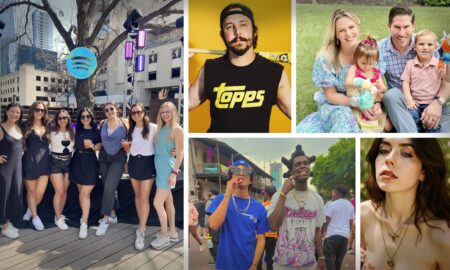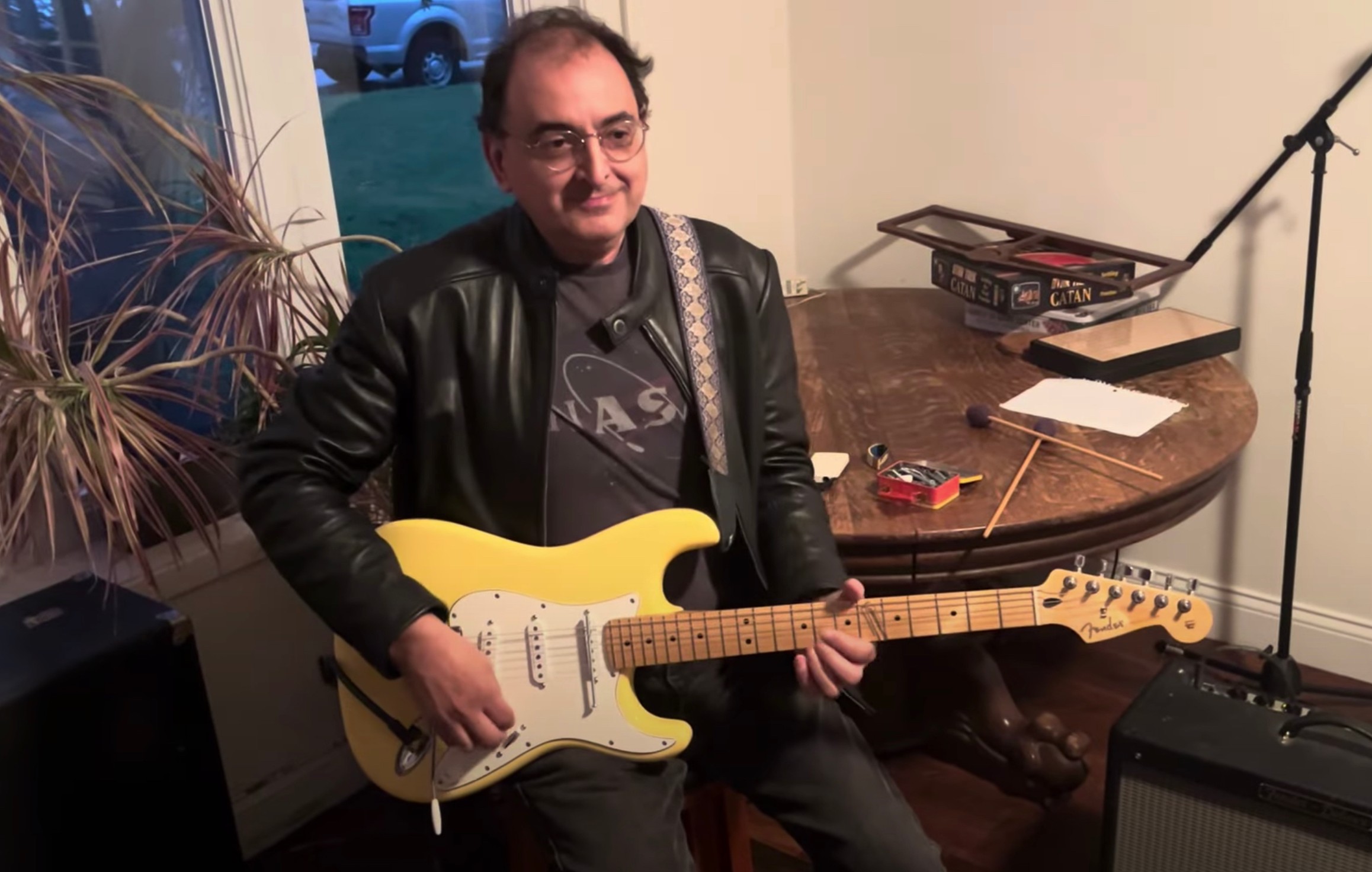

Today we’d like to introduce you to Josh Ronsen.
Hi Josh, it’s an honor to have you on the platform. Thanks for taking the time to share your story with us – to start maybe you can share some of your backstory with our readers?
I studied physics at the University of Chicago, and after being exposed to Fluxus, the Scratch Orchestra, John Cage and other avant-garde ideas, I slowly figured out how to use my artistic talents. It took years and a move to Austin in 1993 before I felt I had learned enough about myself and the work of others before making attempts to making my own music as well as exploring efforts in writing, publishing and visual art. A lifetime of exposure to jazz of the 1950s had demonstrated to me of the importance of collaborating with others, and the avant-garde of European chamber music–Ligeti, Stockhausen, Nono–gave me a conceptual basis of sound texture. This collective improvisation and search into instrumental technique has been the primary framework of most of my musical adventures; an intense action and reaction to music happening in the Now. Rick Reed, Joseph Zitt, Michael Northam, Jason Pierce, John Grzinich and others were key throughout the 1990s. Olivia Block, now much a success in Chicago, was a part of this scene, but our schedules rarely overlapped. Her group with John and Seth Nehil, Alial Straa, continues to be the apex of my idea of creative music. I have now played a variety of instruments, what ever the music demands, with my long time project brekekekexkoaxkoax, as well as with the Austin New Music Co-op, Frequency Curtain, the Gates Ensemble, LSJ, the Unpopular Scientists, Bricoleurs, Disensemble, and Misfit Gamelan as well as many musicians visiting Austin needing unique and sensitive accompaniment.
Would you say it’s been a smooth road, and if not what are some of the biggest challenges you’ve faced along the way?
What has been smooth has been the bounty of interesting and gratifying musicians and other artists in Austin to work with me. Many people move to Austin briefly and visit for any number of reasons, including performing or recording, and while this is not as regular as being in Chicago or New York, I have greatly benefited from Austin’s magnetism. The biggest problem has been finding a reliably supportive audience, partly due to most people’s provincial dislike of new experiences and partly due to most of those interested in these forms of music are performers themselves who are busy with their rehearsals and performances. Although taking hours and hours of rehearsing and planning, I am rarely at lost of what to do; the most dire problems I face are purely of marketing and promotion.
Appreciate you sharing that. What else should we know about what you do?
I am interested in many aspects of life and one of the great lessons I’ve learned from composer John Cage is how to incorporate all those interests into music and art making. My primary focus is using mainly acoustic instruments and exploring new techniques in playing those instruments: clarinet, guitar, cello, accordion, and sometimes this included electronic processing. It’s a method of exploration into hearing and meaning. There are also hints of the mystical in this process, becoming meditative and entrancing at times. The other side of this sword is collaboration, called free improvisation or total improvisation. This involves always relearning how to work with others to merge everyone’s unique talents and abilities to the greatest good. I’d love to teach a yearly workshop in these methods that would end with a large scale presentation mixing music, movement, visuals, text, atmosphere.
I am most proud of the music I have created with duo projects with Marina Peterson (cello), Lisa Linbrugger (drums), Vanessa Gelvin (multiple instruments), the Disensemble string trio with Vanessa and Matt LaComette, the Misfit Gamelan group that creates original music with authentic Indonesian percussion instruments with Vanessa, Matt, Kirk Laktas, Lisa Cameron, Thor Harris and Lacey Lewis, and the Katie & Rachel chamber group with Vanessa, Kirk, Brent Fariss and Derrick Fore.
Briefly, since 1996, I have been involved with Mail Art, an international collection of thousands of artists who exchange art through the mail, involving a constant stream of individual and group projects, publications and exhibitions. These involve from people living in forty or so countries, from France to Ukraine to Japan. Since I have a relatively narrow focus in my music, I feel that I can open myself up to any form of visual art and restrict my creativity at all. The projects I curate have been on altering pages from as encyclopedia of 20th Century new photos, a 2,000+ collection of “tiny” art, hundreds of unique art postcards, and an ongoing exchange of artist trading cards (ATCs), now entering its 25th monthly edition. Some of these projects have been exhibited at Co-Lab, End of an Ear, Malvern Books, and Northern-Southern.
I feel that, at times, I am most proud of my creativity and resourcefulness in bringing ideas to life. For decades, since 2000 at least, there was a monthly event called No Shame Theater, started in Iowa as a living workshop for short theater scripts, and has evolved to a multi-city lab of just about any type of performance, comedy, skits, confessions, stories, burlesque, open to anyone and everyone, each piece lasting no more than five minutes. I was a regular part of this series for a long while and I vowed to perform something new and different every week. Greatly challenging me, I acted and sang, directed ad-hoc members of the audience, and presented new works in the Fluxus performance art that first interested me in the university library.
I also directed Dick Higgins’ 1959 modular anti-improvisational play “Stacked Deck” in 2013.
I am also proud of a Flux Cafe I organized in 2004 where audience members ordered and payed for Fluxus event scores from a menu before they were preformed. And in 2005, I enacted an unique performance where a quintet of musicians used hundreds of donated LPs and CDs of composer and conductor Pierre Boulez (who whined in the New York Times that “all art of the past must be destroyed,”) to make a collage of noises much more interesting than the Grammy-winner’s fetid work. All the records were damaged and destroyed during the performance. Much fun was had.
Is there any advice you’d like to share with our readers who might just be starting out?
Listen and read to many different creators and try to follow closely a few that greatly inspire you. Try never to be the smartest or most creative in the room. Work a lot and throw away 90% of it; the remaining 10% is maybe what people need and will reward.
I wish I had done more to get my music more widely published in the 1990s. I also wish I had just performed more and worked with a rock band with songs and lyrics back during that time, but I had few friends in that scene.
Pricing:
- A short 3-piece online release called “Measure the Throne” is only a $3 download on bandcamp. The pieces all focus on an electro-acoustic montage of processed acoustic instruments and manipulated turntable. https://brekekekexkoaxkoax.bandcamp.com/album/measure-the-throne
Contact Info:
- Website: http://ronsen.org
- Facebook: https://www.facebook.com/joshronsen
- Youtube: https://youtube.com/@austinnitus
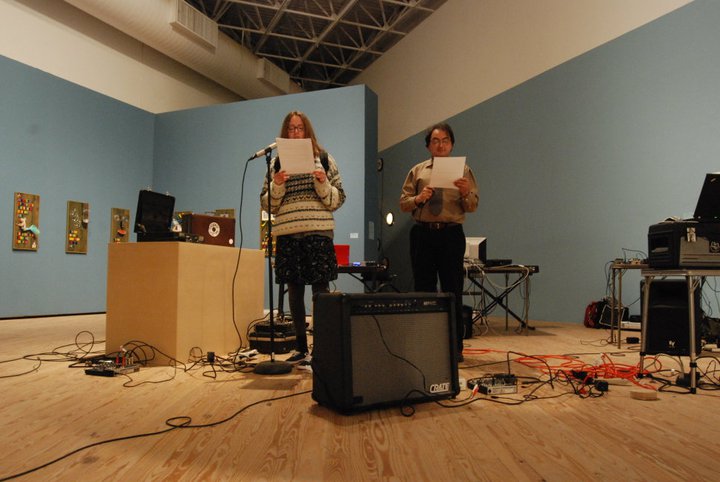


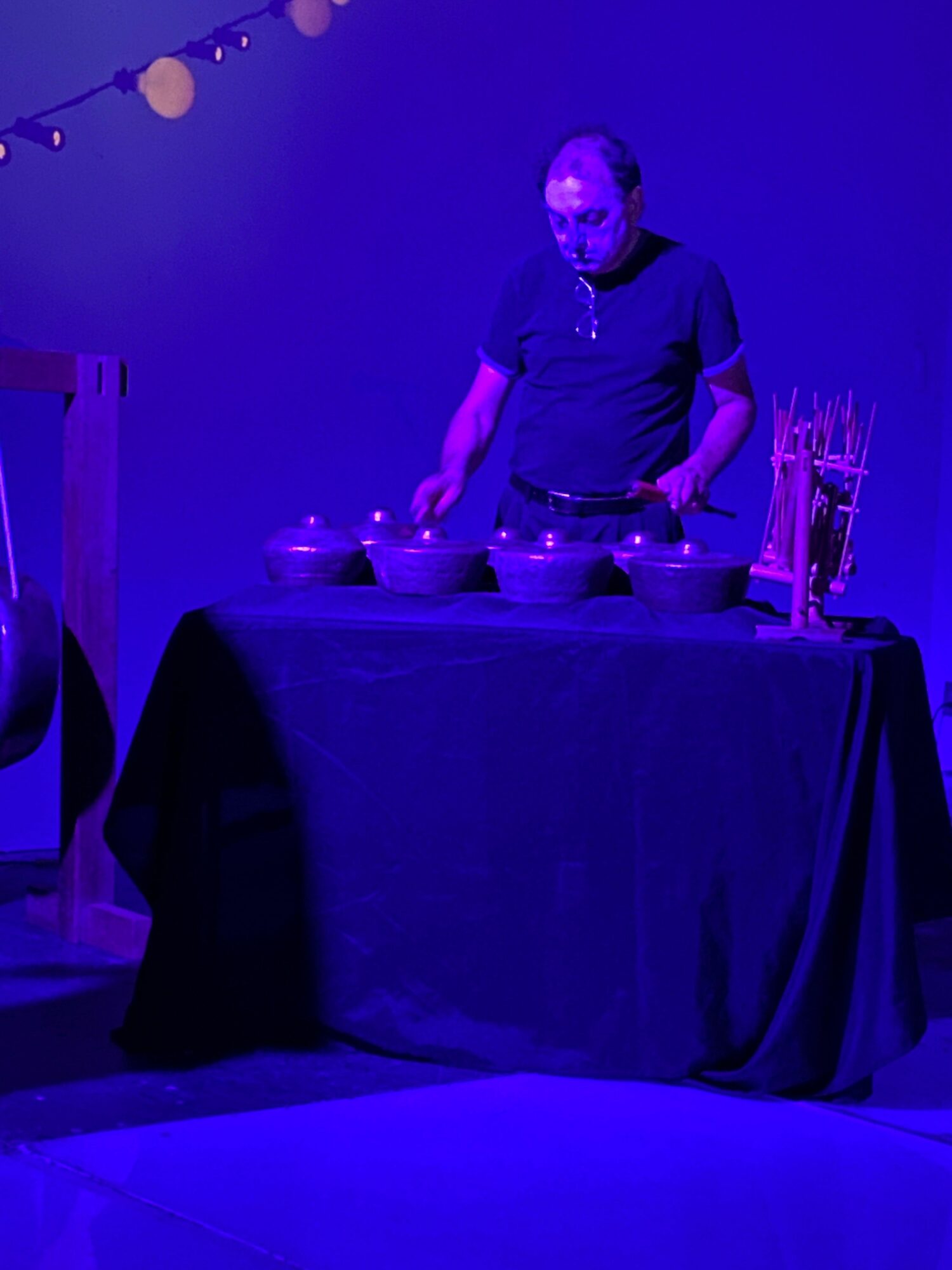
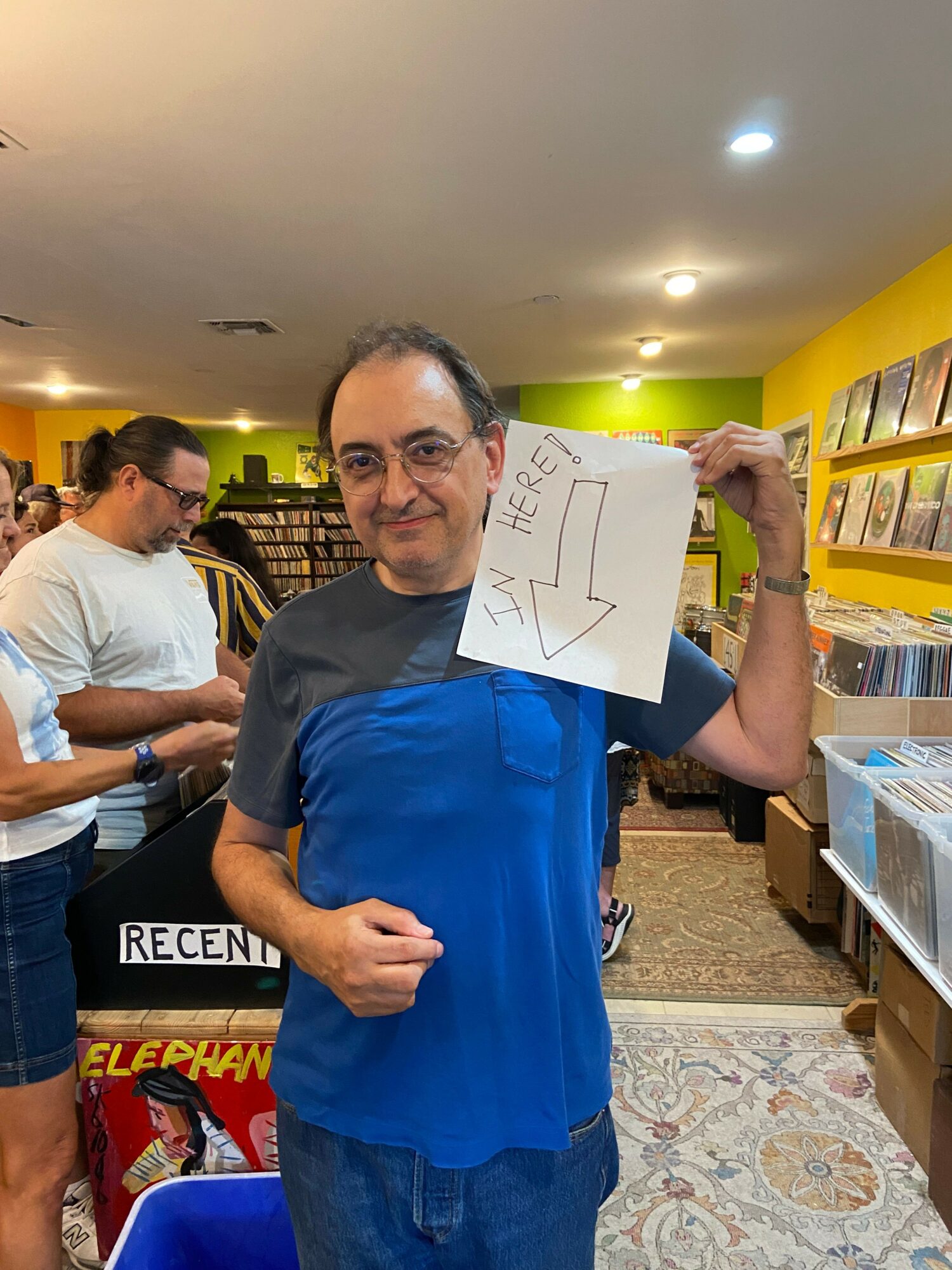
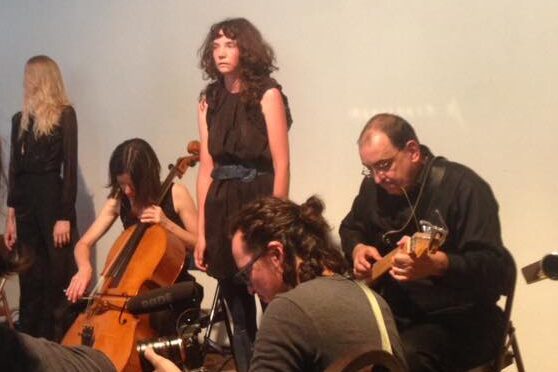
Image Credits
Matt LaComette, Leah Smith

